Appearance
• Tree: Tamarind trees are large, evergreen, and can grow up to 80 feet tall.
• Fruit: The fruit is a pod-like legume, ranging from 4 to 8 inches long. When ripe, the outer shell is brown and brittle, and inside, the fruit is sticky and dark brown with a sweet-sour flavor.
Cooking Uses
• Condiment: Tamarind pulp is commonly used in chutneys, sauces, and marinades.
• Beverages: Tamarind juice is popular in many cultures, often sweetened and spiced.
• Cooking: Integral in many Asian and Latin American cuisines, used in dishes like pad thai, sambar, and tamarind drink (Imlie ka pani).
Nutritional Value
• Rich in Vitamins and Minerals: High in vitamin B, particularly thiamine and folate, and also provides magnesium, potassium, and iron.
• Antioxidants: Contains polyphenols which have antioxidant properties.
• Fiber: Good source of dietary fiber which aids in digestion.
Health Benefits
• Digestive Aid: Traditionally used to alleviate constipation and improve digestion.
• Anti-inflammatory: Contains compounds that may help reduce inflammation.
• Heart Health: Some studies suggest it may help lower cholesterol and improve heart health.
Medicinal Uses
• Traditional Medicine: Used in Ayurvedic and traditional African medicine for treating a range of ailments such as fevers, sore throat, and digestive issues.
• Modern Research: Ongoing studies are investigating its potential benefits in managing diabetes, obesity, and cardiovascular diseases.







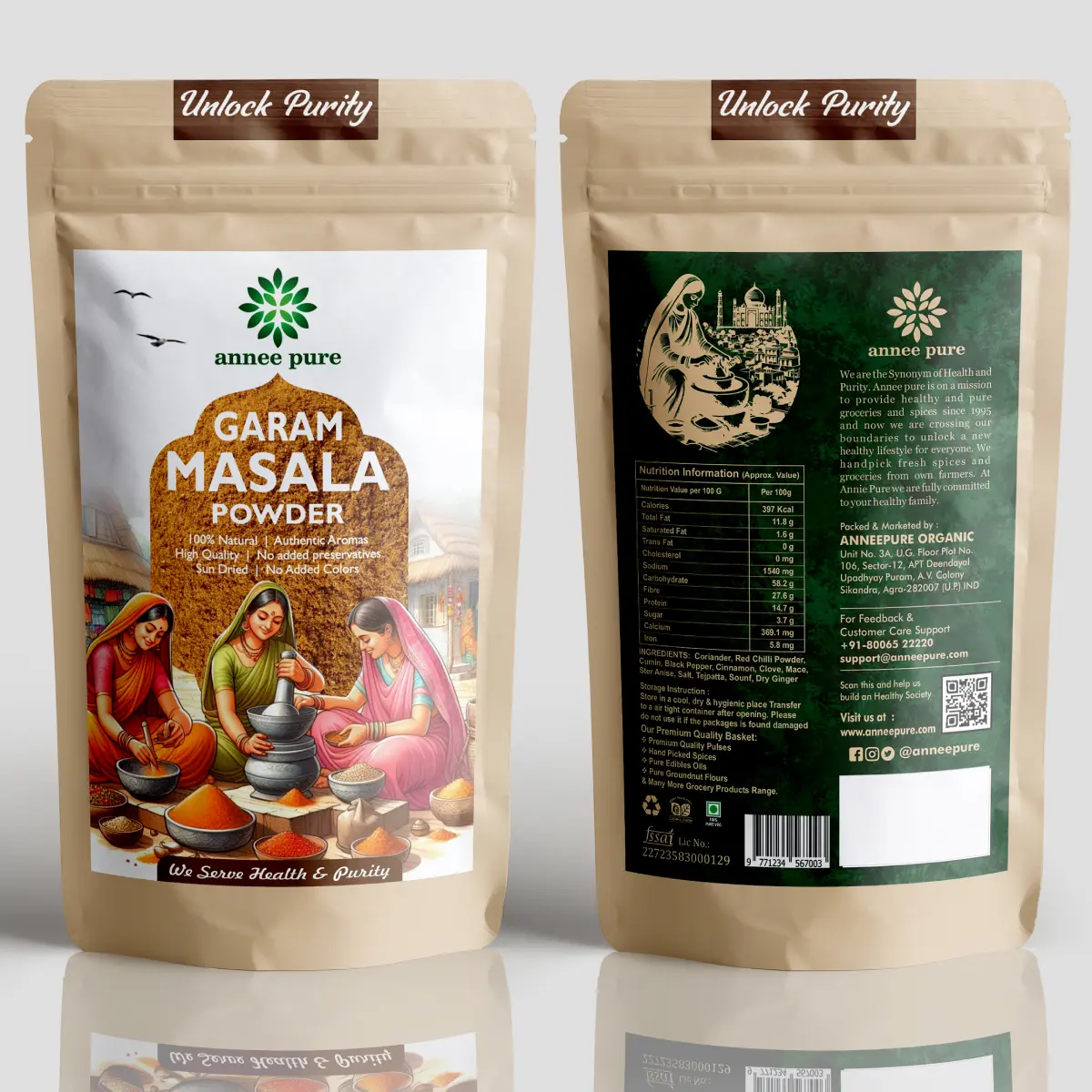

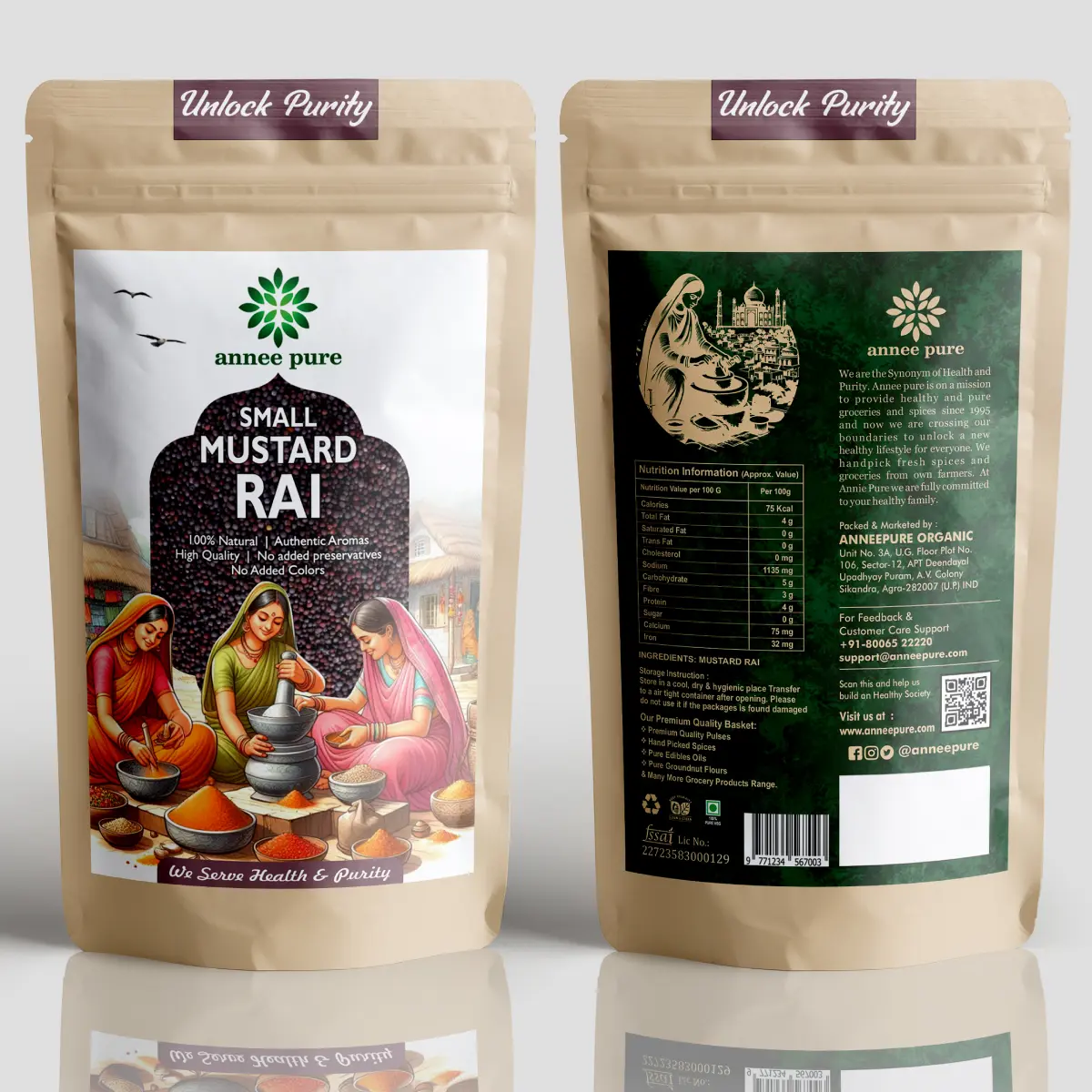
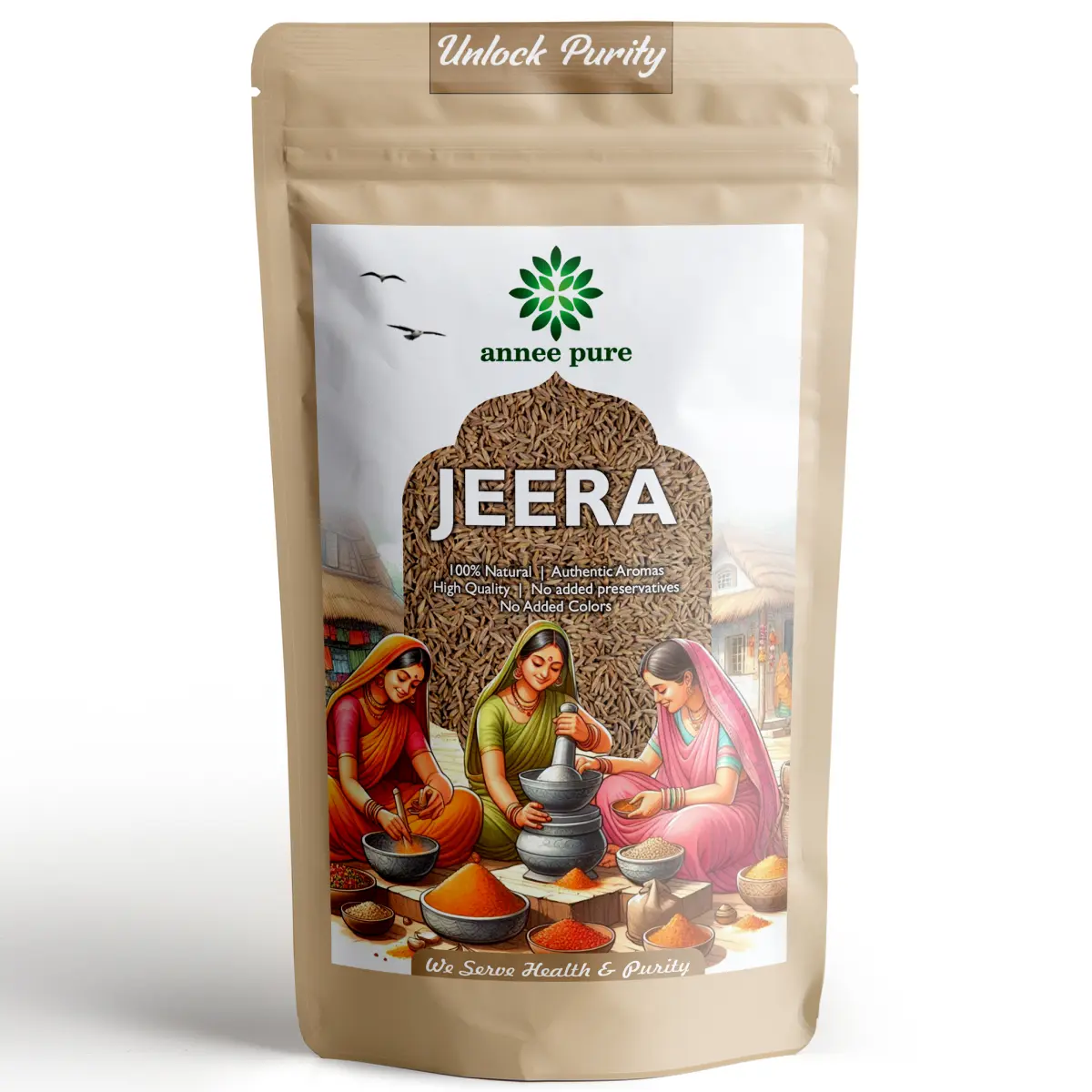
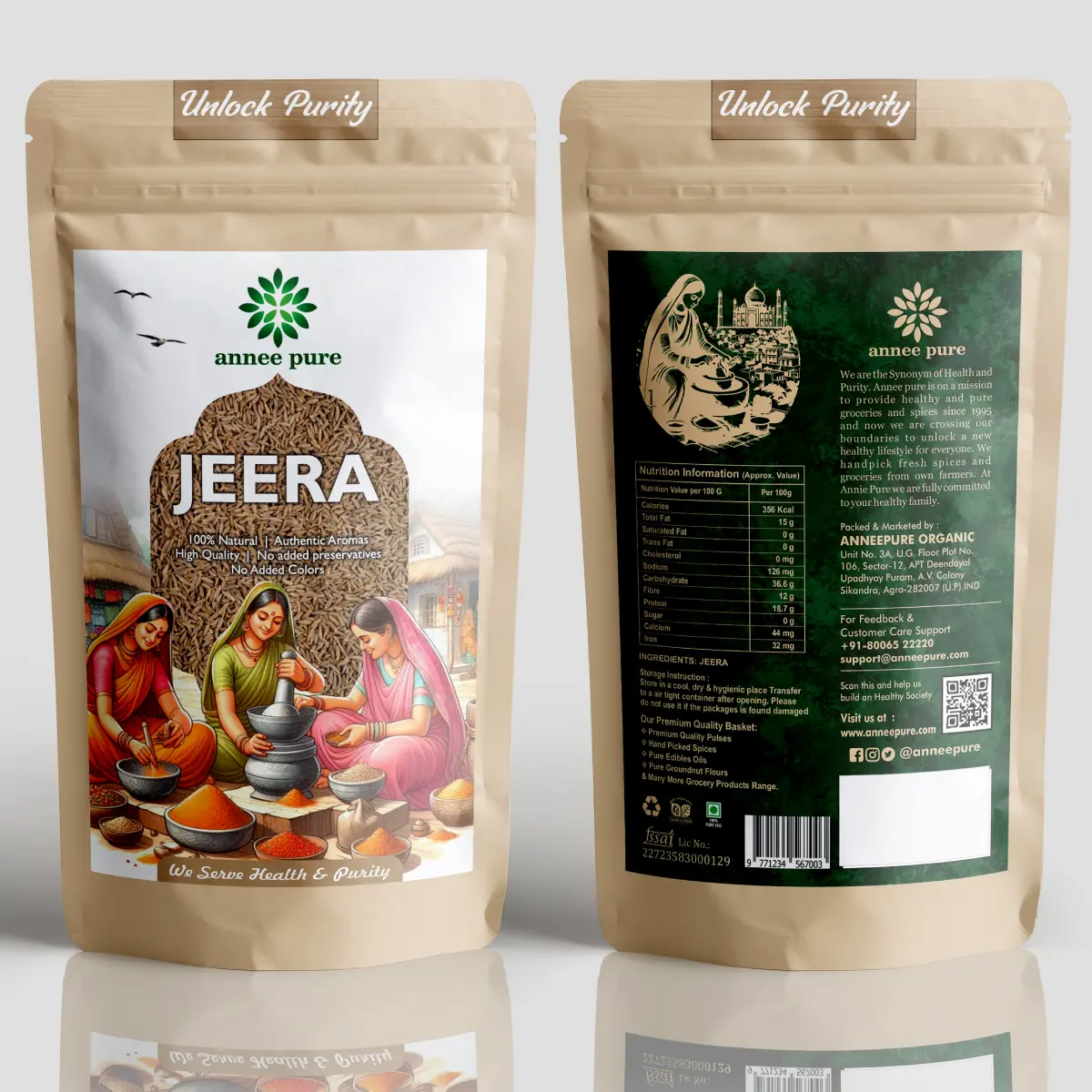

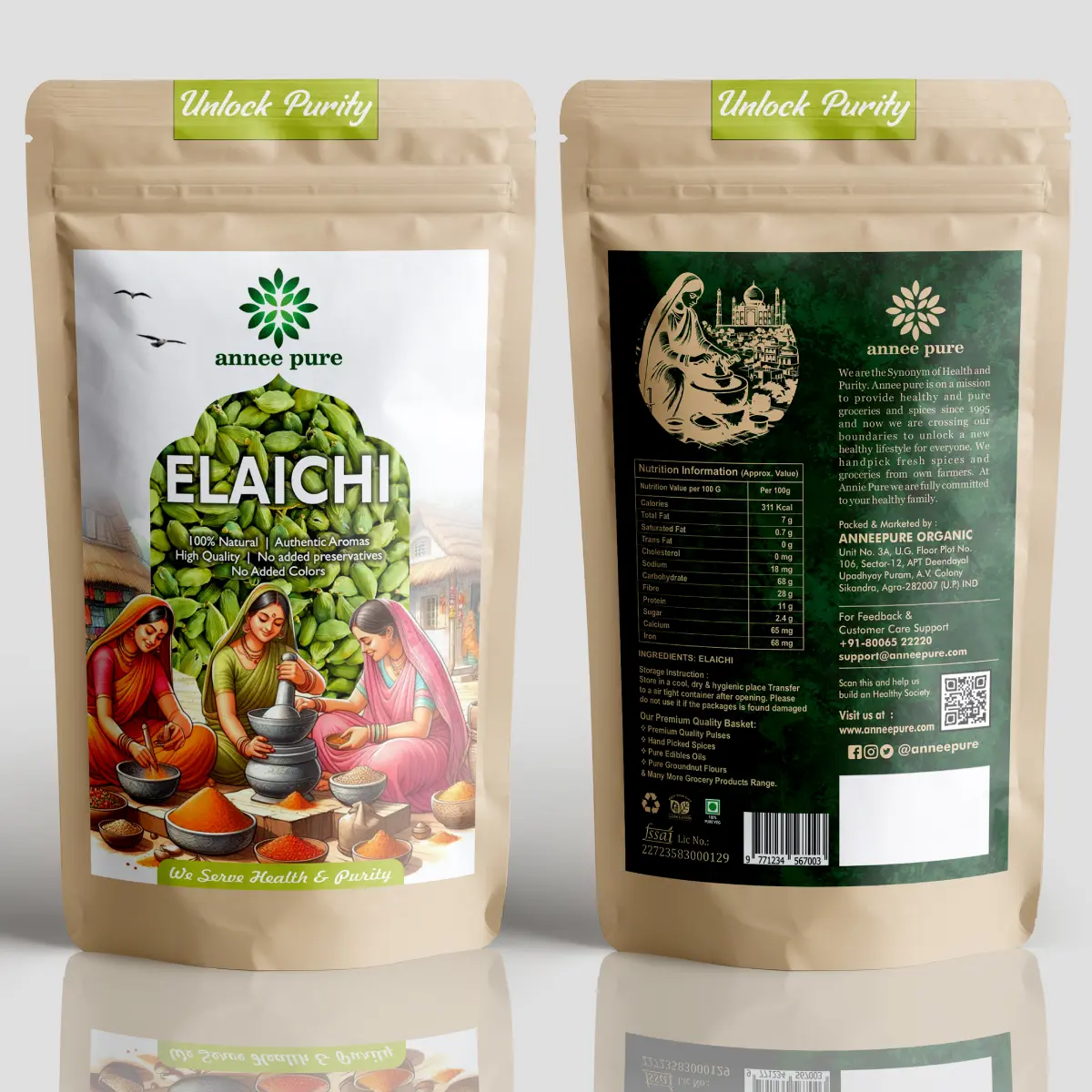
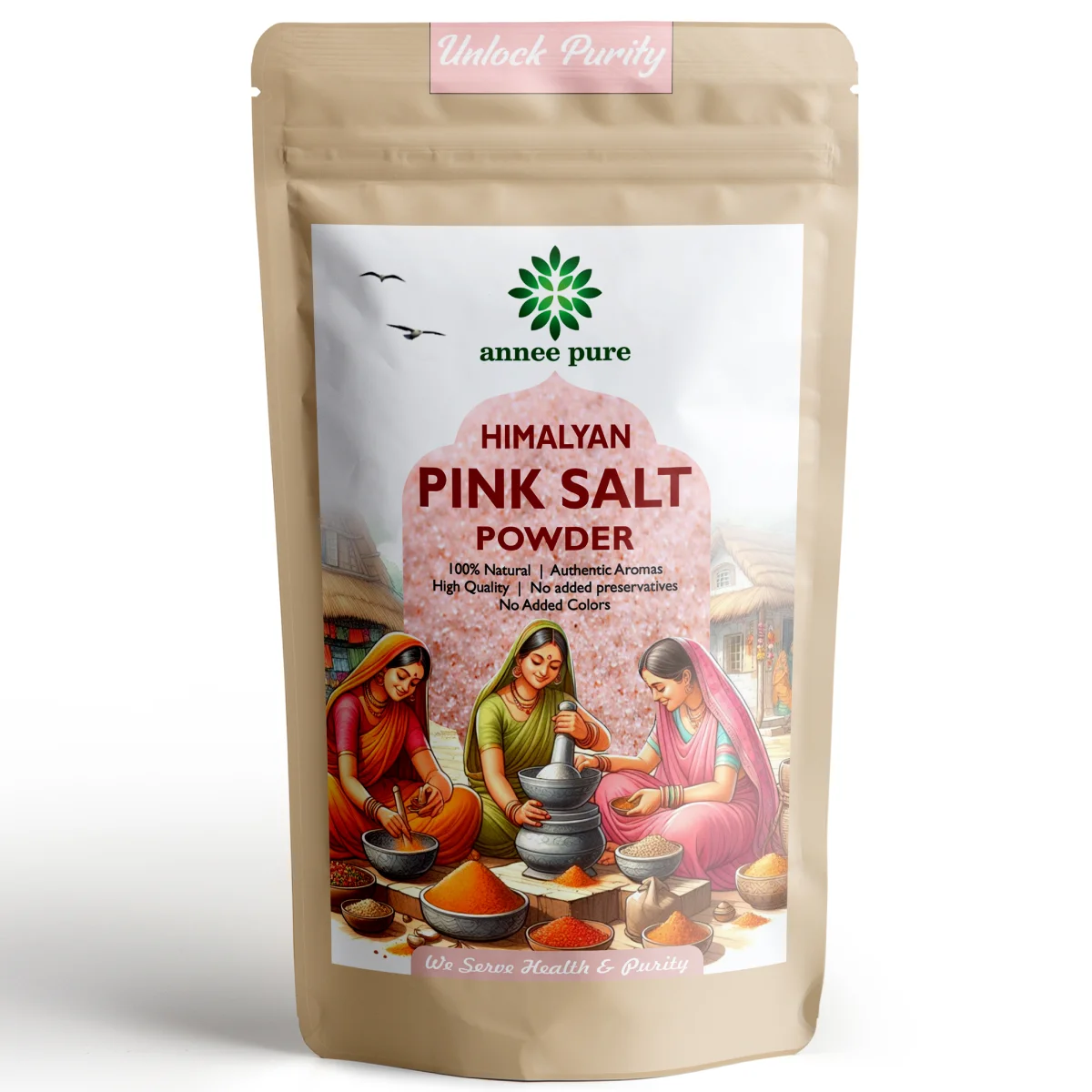

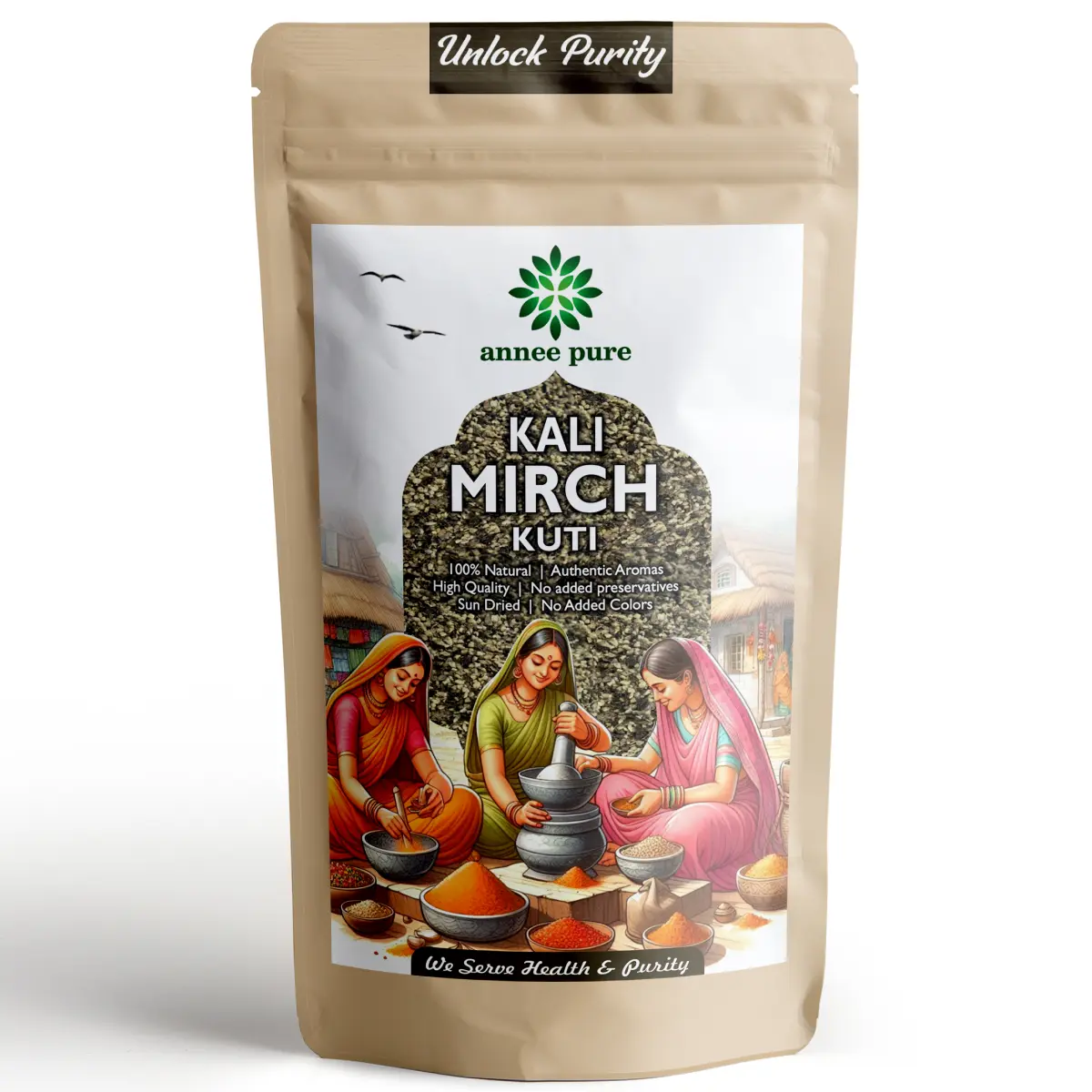
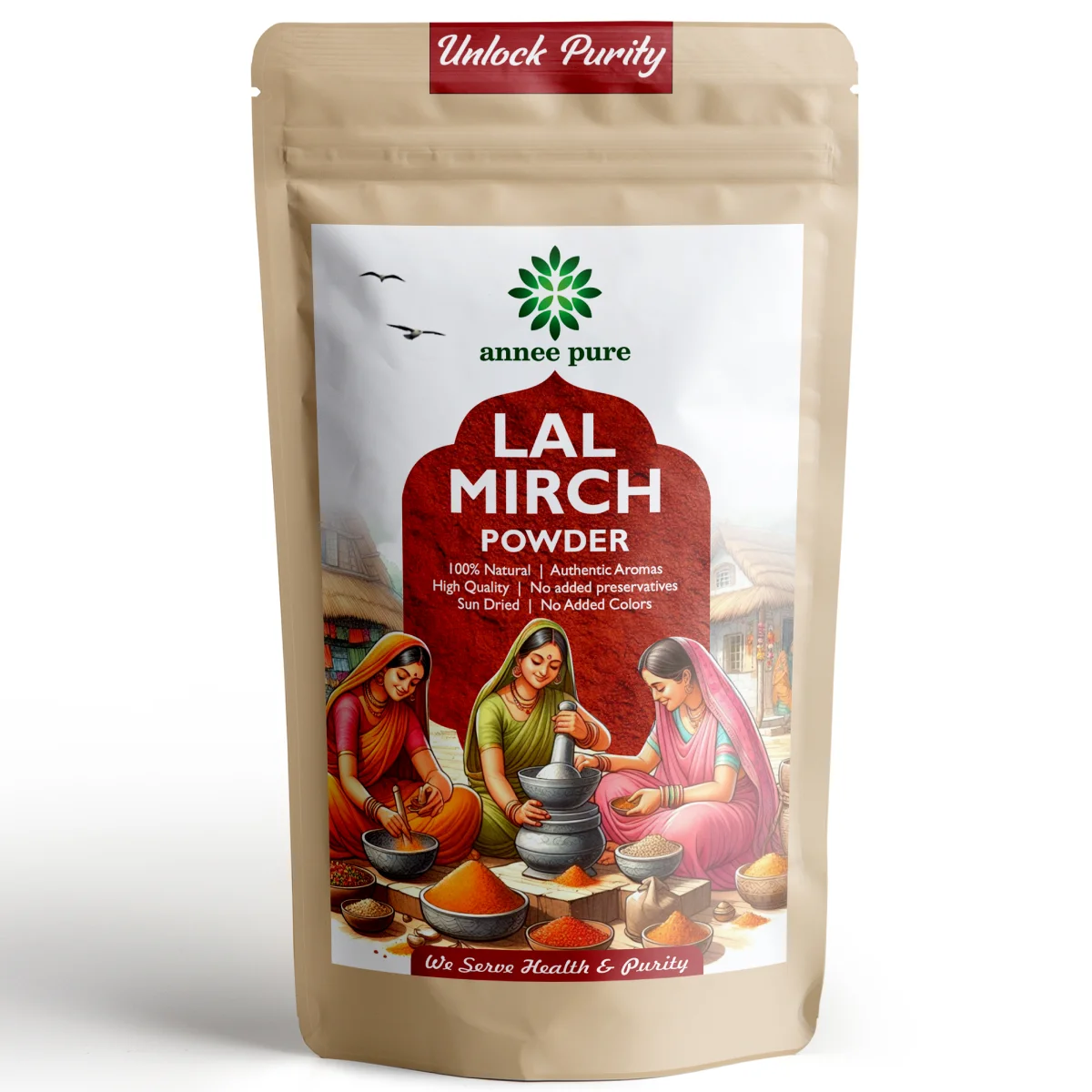

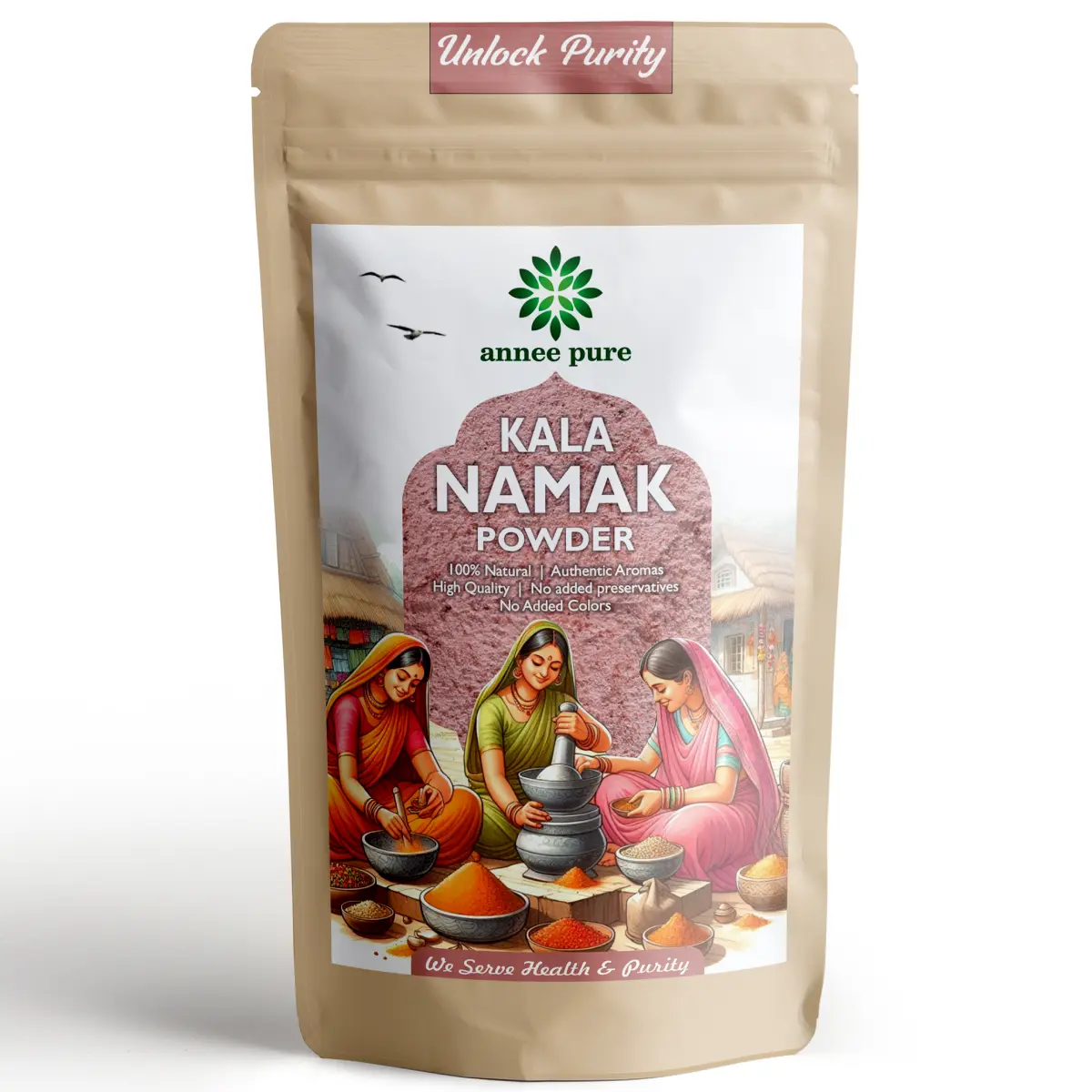
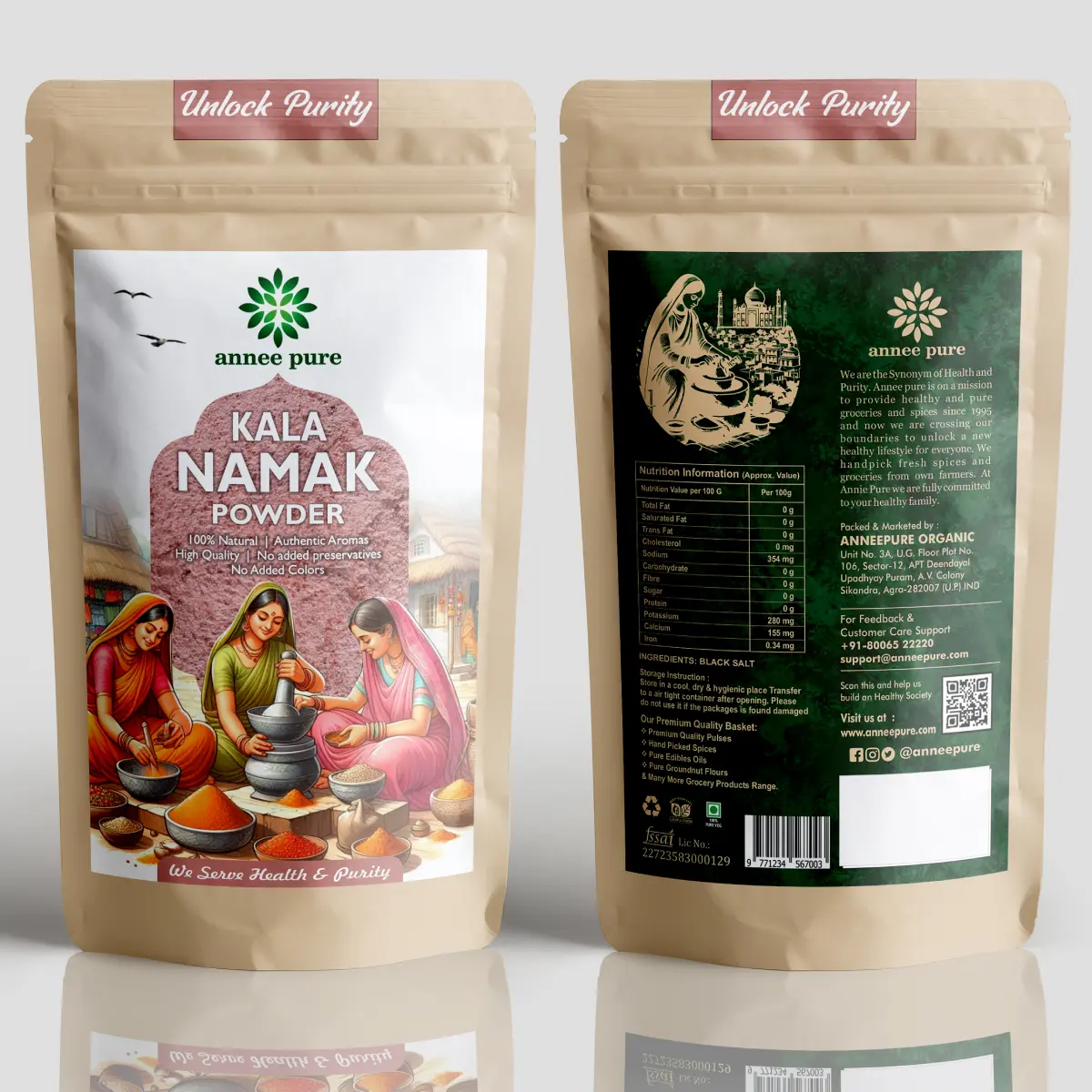

Reviews
There are no reviews yet.